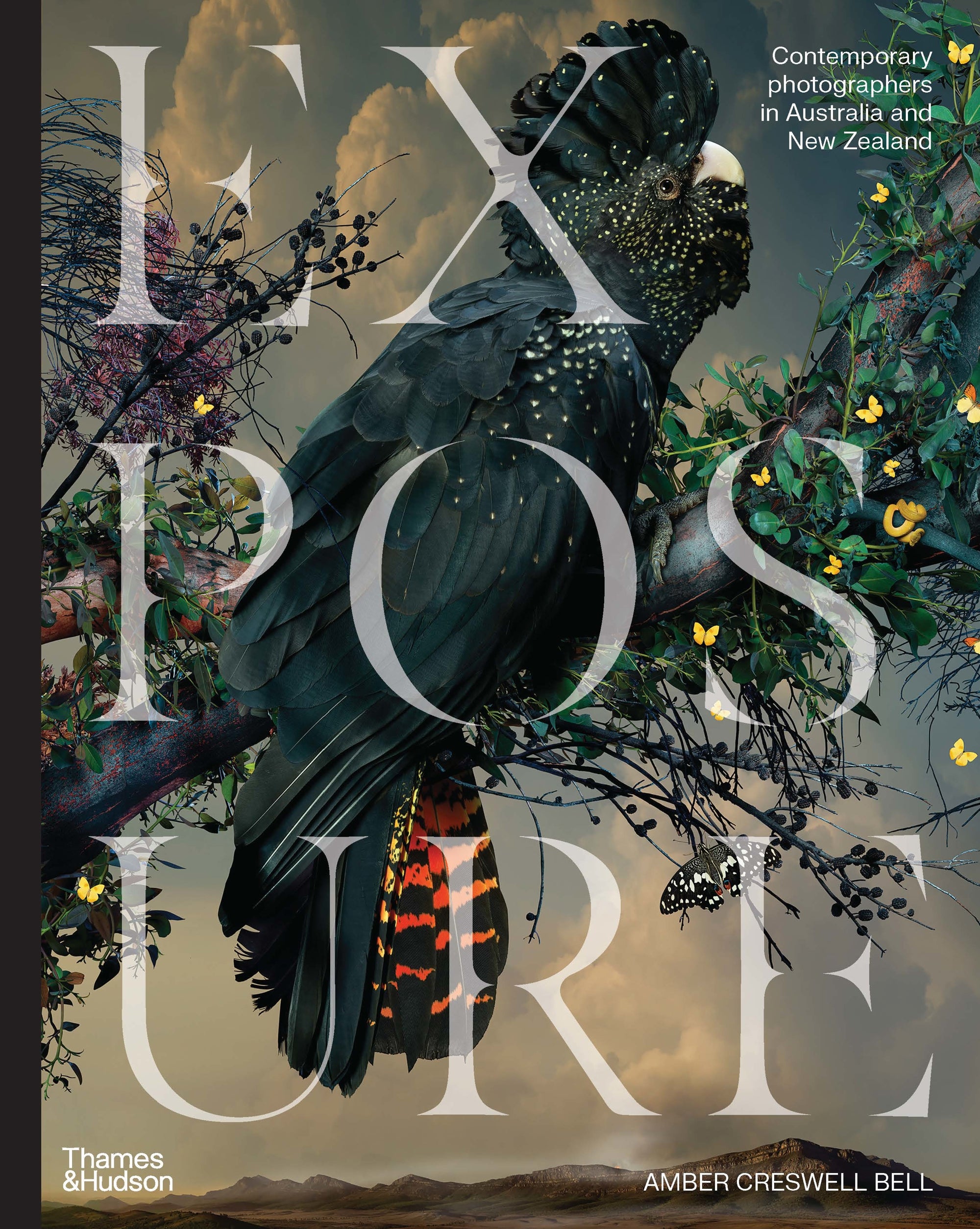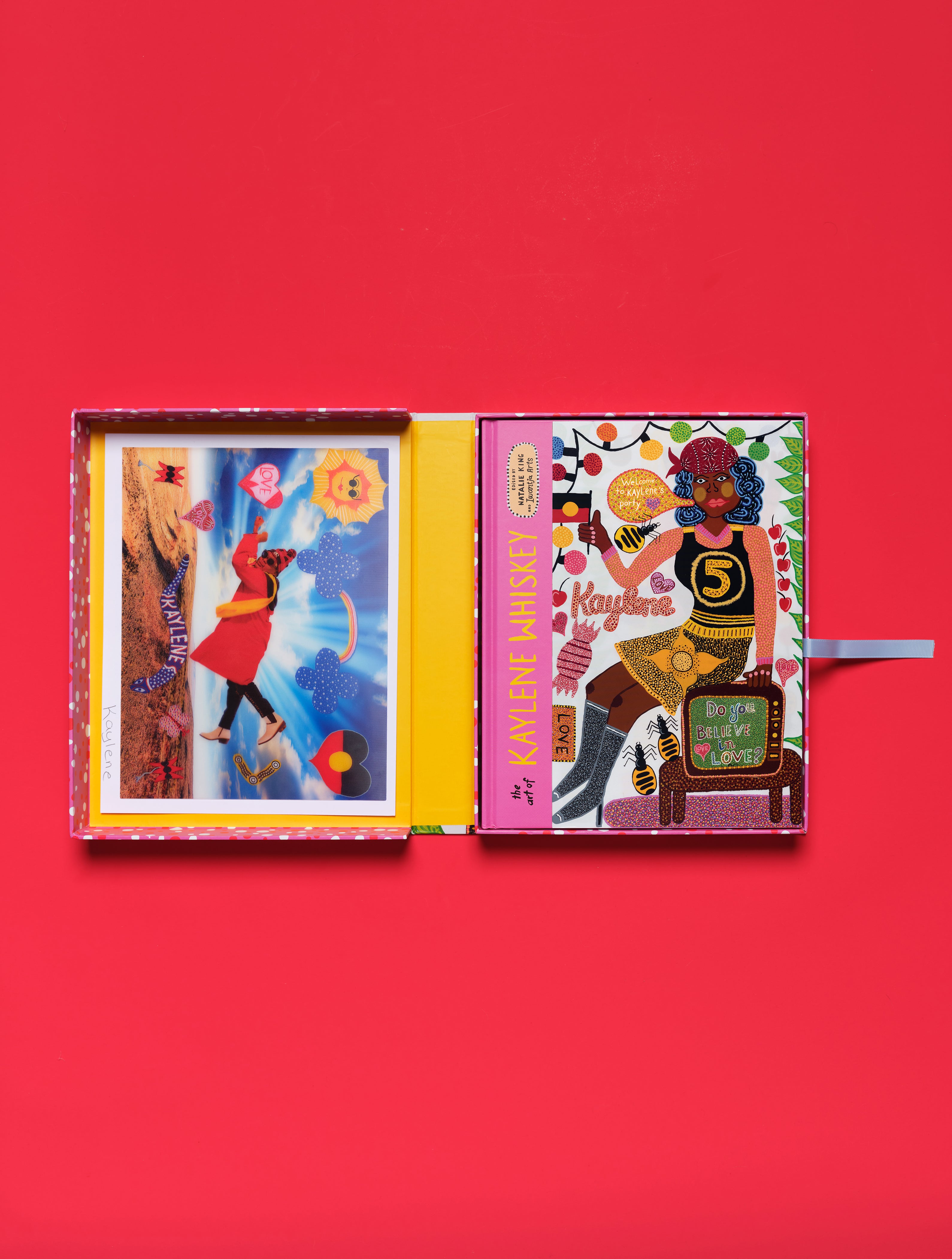The making of The Talisman of Happiness by Ada Boni
‘Many of you, ladies, may know how to play the piano well or to sing with exquisite grace. Many of you may have prestigious degrees, may speak fore...
Free shipping in Australia on orders over $50 AUD

























‘Many of you, ladies, may know how to play the piano well or to sing with exquisite grace. Many of you may have prestigious degrees, may speak fore...
Read an excerpt from Artists by Artists by Michelle Grey and Susan Armstrong. Available now.
Explore the vibrant resurgence of textiles and art in this excerpt from Textiles x Art by Ramona Barry and Beck Jobson, available November 4.

